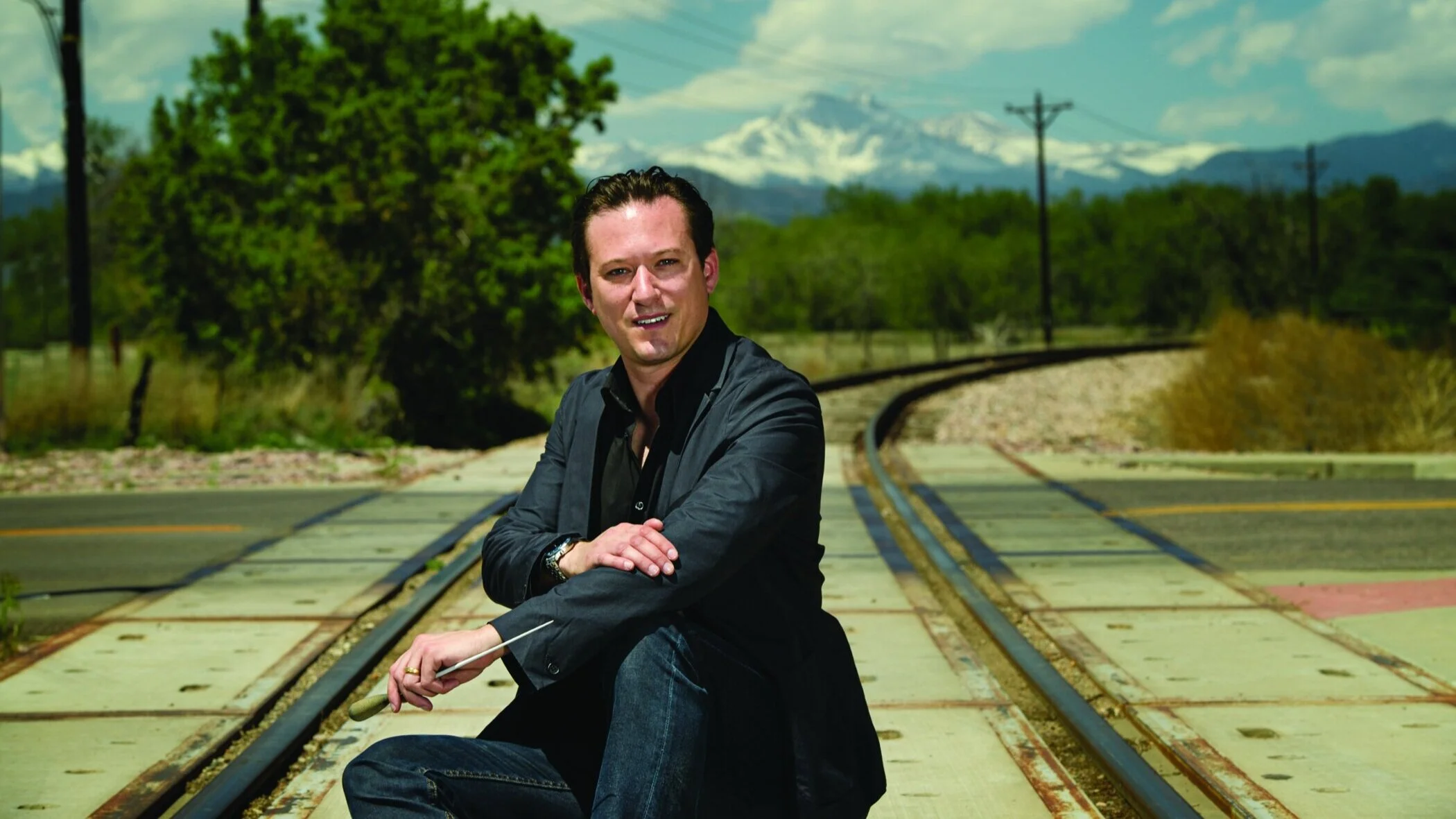How to Lead & Navigate an Arts Organization During a Time of Crisis
Everyone wants to know: How are you doing with your virtual concert series? And, since you only advertised a virtual fall season, will you continue with a virtual spring season?
Some context is necessary to understand how our digital programming has been working. One of our board members — who is a recognized leader in the field of public relations, as well as an influencer in the political arena of the late 20th century — said to me early at the start of the pandemic: "Elliot, there are only two types of organizations: Those who have weathered a crisis before, and those who have not." While the Longmont Symphony Orchestra has weathered its fair share of issues in our 54-year history, we have never endured a crisis of the magnitude of COVID-19.
There have been two key elements that we have kept at the forefront of our minds during this crisis.
Always have enough cash on hand to be able to afford to make it to the next level of our pandemic "sur-thrive-al."
With every new step that we consider on our path back to in-person performances at our concert venue, we must ask ourselves: does the potential reward of a given new initiative (such as creating a virtual concert series) outweigh the potential risk?
In August, as we were getting into crunch time to decide how (and if) to move forward with our 2020-2021 season, we had to assess the possible risks of canceling our fall season. That's right; we discovered that canceling our fall season wasn't just a "wash," but that there were tremendous risks involved with canceling all performances. The most considerable risks included losing loyal symphony subscribers and a severely hampered ability to fundraise when we have no programming of which to speak. Also, we realized that if we didn't take action, we wouldn't learn new skill sets that could be important for our future. We realized that if the pandemic went on longer than we expected, that by canceling concerts we risked becoming irrelevant, losing our ability to fundraise effectively, and struggling to afford the costs of resuming our in-person performances, even once it was safe to do so.
For me, the decision to move forward with a digital season was cemented when I simultaneously realized that the alternative to a digital season was institutional silence and that that would have been reneging on our core institutional values to be of service to our community.
When the board voted to move forward with my idea to intersperse small, socially distanced orchestra performances with guest artist performances, we were able to create a 1/2 season subscription package that we could sell for $99/household. We have now sold approximately 100 subscriptions and were able to get several sponsorships from local businesses that were eager to support the arts during these unprecedented times.
With the fall season coming to a close and our ability to assess our digital 1/2 season, we can now gauge the benefits our fall season had on our fundraising efforts. Likewise, we can weigh the potential rewards against the potential risks of continuing with a digital season with much more precision.
So, what now? The big unknown is: When will it be safe to return to in-person performances? Because it is anyone's guess when we will safely return to in-person music-making in a concert hall, I think it is wise to habituate our audience to virtual performances as the "new normal." To that end, we have not only decided to move forward with a virtual spring season but have decided to add a virtual summer season to our musical lineup. A summer season is new territory for our organization, but we all think that it is the right time and context for us to add this aspect to our musical lineup.
